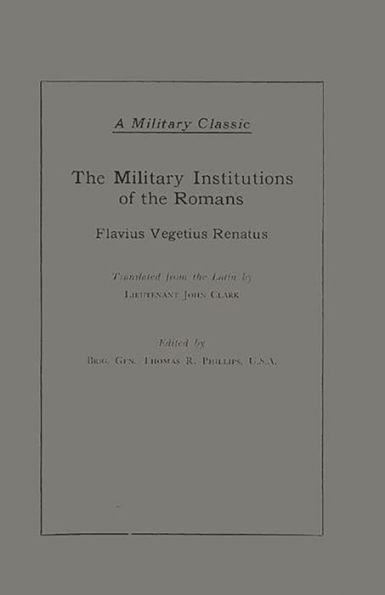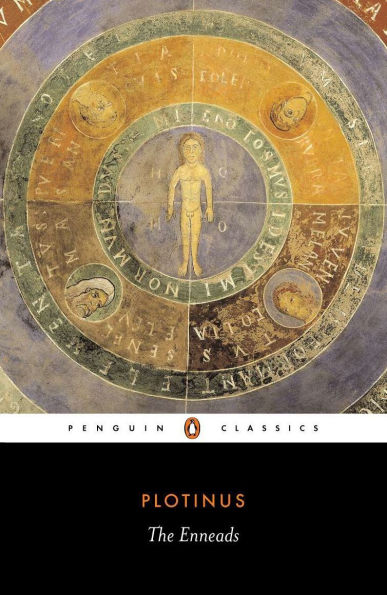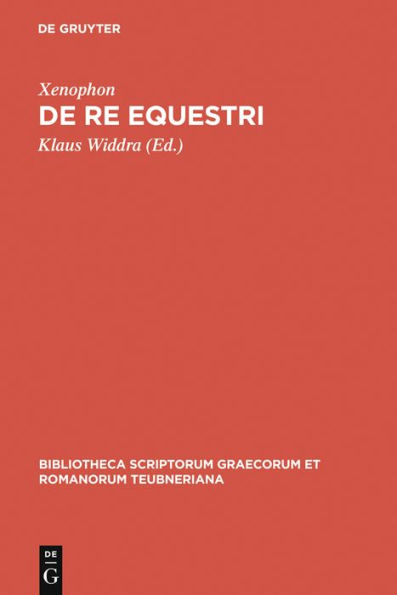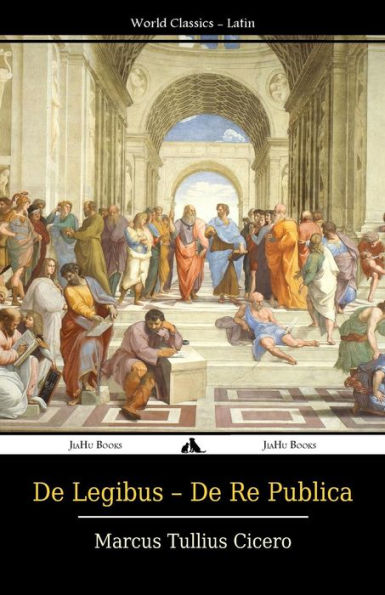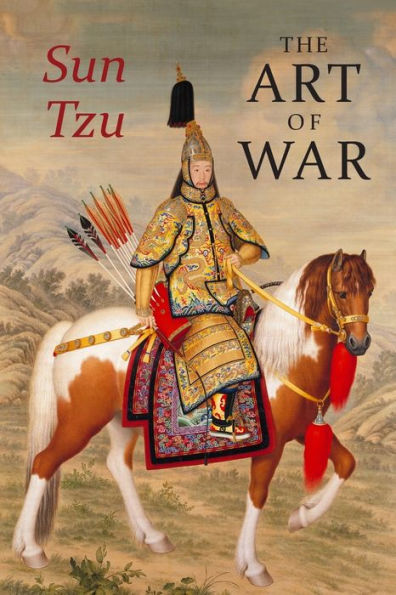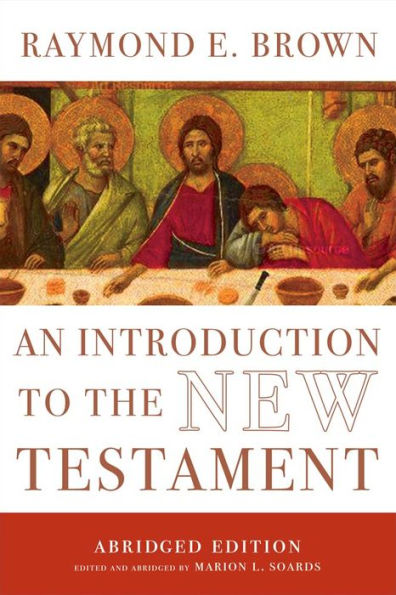Home
The Military Institutions of the Romans: De Re Militari, Abridged Edition
Barnes and Noble
The Military Institutions of the Romans: De Re Militari, Abridged Edition
Current price: $9.99
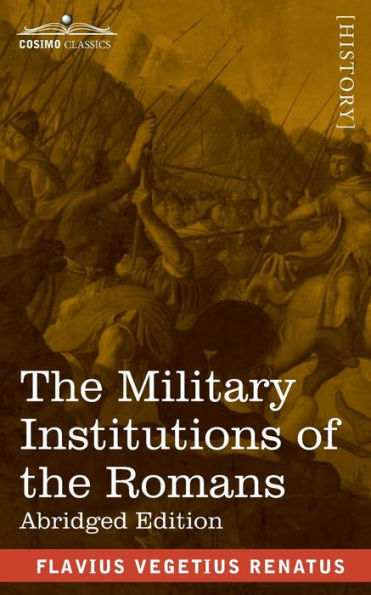

Barnes and Noble
The Military Institutions of the Romans: De Re Militari, Abridged Edition
Current price: $9.99
Size: OS
Loading Inventory...
*Product information may vary - to confirm product availability, pricing, shipping and return information please contact Barnes and Noble
"Si vis pacem, para bellum." -Flavius Vegetius Renatus,
The Military Institutions of the Romans
, (390 A.D.)
(original title in Latin
De re militari
) is a treatise by Vegetius, a 4
th
century Roman writer about Roman warfare and military principles. This treatise taught the lessons of the Ancient Roman way of war to the political and military leadership of the 4
century.
During the following centuries,
became the most influential military guide for military leaders and officers throughout Europe from the Middle Ages into the 18th and 19th centuries. Even today, it is a valued source of policy and strategy relevant to modern day Western armies.
The current abridged edition, including Books I-III, was translated by Lieutenant John Clarke in 1767.
The Military Institutions of the Romans
, (390 A.D.)
(original title in Latin
De re militari
) is a treatise by Vegetius, a 4
th
century Roman writer about Roman warfare and military principles. This treatise taught the lessons of the Ancient Roman way of war to the political and military leadership of the 4
century.
During the following centuries,
became the most influential military guide for military leaders and officers throughout Europe from the Middle Ages into the 18th and 19th centuries. Even today, it is a valued source of policy and strategy relevant to modern day Western armies.
The current abridged edition, including Books I-III, was translated by Lieutenant John Clarke in 1767.
